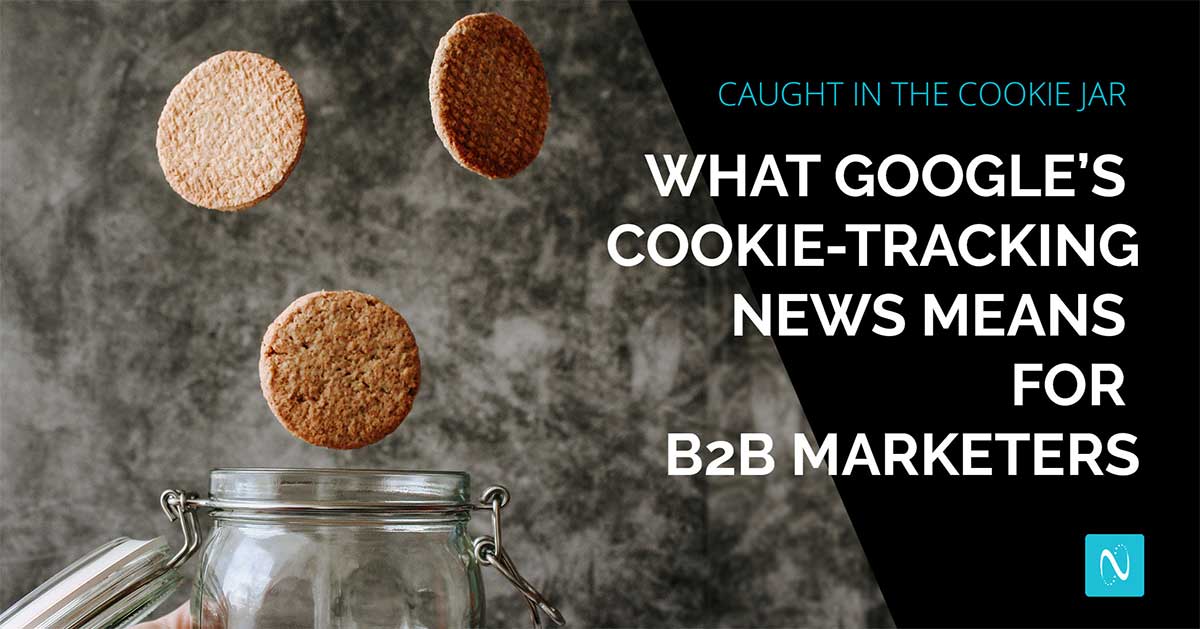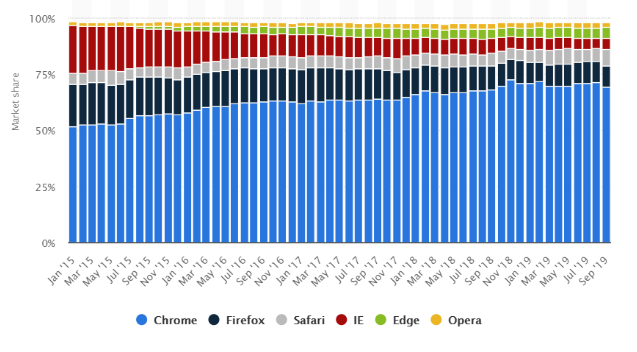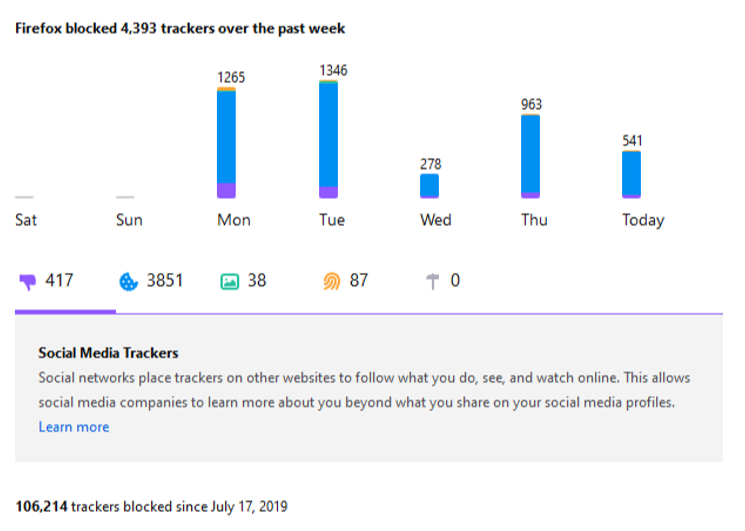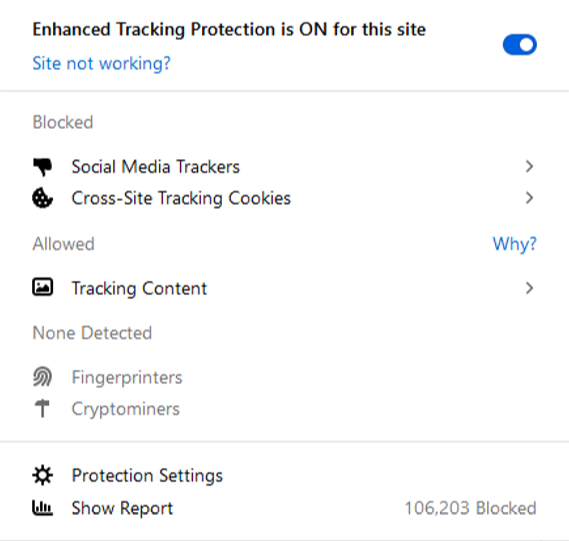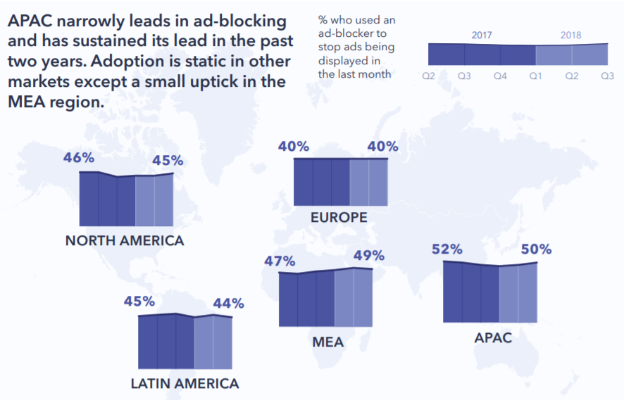For 2019, the party is over — and so, it seems, the same can be said for third-party cookie tracking as we know it.
Other articles have already broken this down quite nicely, so for our needs, we’ll only review the basics.
What’s Happening
During their I/O Event in May of 2019, Google announced that beginning February 2020, the newest iterations of Chrome would be more transparent about which third-party cookies were tracking its users and why.
Chrome will closely follow the standards put in place by SameSite, a protocol that has been used by Apple’s Safari and Mozilla’s Firefox for years. Google has said it will be more “aggressive” in its approach than even what is laid out by SameSite. More specifically, starting Feb. 4, and to coincide with the release of Chrome 80, Google Chrome will stop sending third-party cookies in cross-site requests unless the cookies are secure and flagged using the SameSite standard. These new standards will essentially break any cookie that hasn’t been properly labeled according to Google’s rules. In addition, any data that was generated before a cookie broke will be erased.
It’s important to note that third-party cookies will not be disabled entirely on Chrome. They will, of course, be very different from how marketers are used to leveraging them.
Why Now?
Now, with less than two months until it’s implementation, the realities that will come with Chrome 80 is starting to sink in. At the time of the announcement, there weren’t many pundits discussing its significance. Part of this is simply because Google doesn’t want people talking about this. Disabling cookies and third-party tracking is a major business on the web and Google has the might to squash them.
But why wasn’t it “big” news when other browsers began using SameSite as their standard?
Scale.
As of September of 2019, Google Chrome represented 69.08% of global desktop browsing, according to research compiled from Statista. Firefox and Safari were second and third, accounting for 9.54% and 7.41%, respectively. Firefox and Safari are browsers used by millions of people each and every day, operated by companies that have long had a focus on privacy and keeping their users safe.
But Google is different.
Google is the 10,000-pound gorilla that built its kingdom on advertising revenues aided by the 360-degree view of its audience, its content consumption patterns, and behaviors via third-party cookies When they move, you feel it.
The timing of this also makes a great deal of sense when you consider the adoption of GDPR and CCPA into law. Google wants to be perceived as being on the right side of the consumer and the market as a whole, even if so many of their own activities over the years have contributed to so much consumer strife.
Who Does This Benefit?
For starters, you, the consumer, benefit from this.
The idea behind SameSite is to eliminate site-leakage, preventing your data from being shared with another site/organization simply because their cookie is placed onto a page or advertisement. You should theoretically begin to see fewer and fewer remarketing advertisements, especially from lesser advertisers, after February 4, 2020.
The other obvious beneficiary is Google.
By updating its cookie policy, they’re cutting out huge swaths of the ad tech industry from having the same data that they have. Google is not threatening its own business model — in fact, its search engine marketing platform will likely see even more ad dollars devoted there.
Considering there was no immediate need for them to do this, given the chasm between them and privacy-focused Safari and Firefox, Google holds all the power.
If you’re already using Firefox, you’ll see a little shield up in the address bar. Clicking on the little shield will unlock immediate transparency into what Mozilla has been doing to protect users’ data and privacy.
If you really want to be disgusted, alarmed, and/or consider going offline entirely then I’d highly suggest that you click on the “Show Report” text at the bottom of the menu. Doing so will open a dedicated page detailing the number of Social Media Trackers, Cross-Site Tracking Cookies, Tracking Content, Digital Fingerprinters, and Crypominers they have successfully blocked over the past WEEK. See below for my data over the past 7 days. Yowzers!
Let’s zoom-in on that final number and think through the impact that is going to be dealt out over the coming months.
How This Affects Digital B2B Advertising and Marketing
Even though Google has made it clear that companies can have their cookies approved for tracking once they’ve been appropriately labeled, the writing should be on the wall: it’s time to find a new advertising strategy.
The losers here are companies using pixels and cookies to bolster their addressable customer audience footprint. Third-party data should be viewed and used as a supplemental stream that allows you to explore and test other audiences and content in new arenas.
As third-party data giant Acxiom describes it, third-party data is “[typically] used to help create consumer segments for targeting ads and marketing messages…[and] often refers to information gathered from internet interactions.”
Of course, browser cookies aren’t always a bad thing.
In the world of retail, they allow us to keep our Amazon carts full of the things we absolutely want but don’t necessarily need. It would be quite a frustrating experience if you had to keep adding the same items to your cart over and over again if you weren’t able to checkout at that very moment.
The downside to this is that when you do leave items in your cart Amazon will follow you across the web, reminding you for days that you have a space Furby waiting to be purchased.
This happens in B2B, too. Remember that one time you researched a tool, read an article, or popped onto a site for a quick second, and realized it wasn’t what you wanted? Of course you do — because you were then subjected to their ads everywhere you browsed.
Consumers are tired of persistent and pesky ads. No wonder they’re doing something about it.
Opting Out
Much has been written about the lengths consumers will go to avoid advertising. In North America, 45% of internet users employ some type of ad blocking software on their devices, according to GlobalWebIndex. This is just a hunch, but one of the reasons ad blockers are so popular is due to the prevalence of ad retargeting.
Being in the ad business themselves, Google isn’t trying to eliminate remarketing as a whole. What they are likely doing, however, is gaining more control of the narrative while simultaneously pulling out the rug on countless AdTech players that are reliant on cross-site cookies for 100% of their revenues.
In the meantime, you’re still left holding the bag as to how to proceed forward and figure out what’s best for your business.
Finding New Ways to Reach Your Target Audience
When obstacles present themselves, so do opportunities. Google’s actions affect millions of businesses and billions of consumers, but your marketing shouldn’t be limited by one organization’s decisions.
Let’s review some of your options before the cookies continue to crumble.
Focus on First-Party Data
In a world where privacy is a growing concern, acquiring first-party and fully permissioned data should be your primary focus. As CASL laid out half a decade ago, consent matters when it comes to electronic communication (aka marketing messages). With consent comes invitation, meaning your message is more likely to be accepted each time you share it.
Scour Your Database
When you look through your current stores of (clean, compliant) data, what’s the story your data is telling you? Do you like what you see? Ignoring advertising for a moment, what brings in the largest number of users? Leads? Sales? All of these pieces matter as you decide how to apply your first-party first thinking cap.
Improve Your Acquisition Strategy
Retargeting was designed as an answer to the failings of display advertising. There will likely be something that comes along to replace it, have wildly successful metrics early, and be aggravating to users later. Don’t get back on the same carousel.
You’re better off investing your budget and your time elsewhere — like placing quality, content-centric marketing materials in an area where they’ll be appreciated and productive, for example.
NetLine’s Portal is an excellent solution for B2B businesses looking to develop a dialogue with B2B buyer’s that are actively researching and consuming technical and business content across the web. As these buyers consume content, they volunteer their own first-party data. By leveraging our platform, you’ll gain access to more than 125 million monthly visitors downloading more than 700,000 pieces of content they’re genuinely interested in. You’ll be able to connect with potential buyers who fit a hyper-targeted audience that you control, eliminating the need to hope your retargeting yields the results your other display campaigns could not.
Contrast the above against consumer data being sold countless times by a litany of B2B “Intent” players that offer zero disclosure/consent as they happily sell data they don’t rightly own and you quickly start understanding why these changes are important for not only consumers but if there’s any hope to foster credibility for future of the AdTech industry.
As the Cookie Crumbles
Couldn’t have a blog about cookies without this guy.
In the big picture, this is still very early in the game. We likely won’t know what Google’s intentions are until at least their next I/O Event. In the meantime, your strategy cannot wait around for Google to decide what’s best for your business.
Consider yourself warned if you’re currently executing and/or responsible for the success of a media strategy heavily rooted in 3rd party data-sets and cross-site cookies.
Be proactive and find the best solution for you. Now is the time to experiment with new tools and acquisition methods. It may not be as tasty as a cookie seems, but trust me, the full meal is so much more rewarding.
